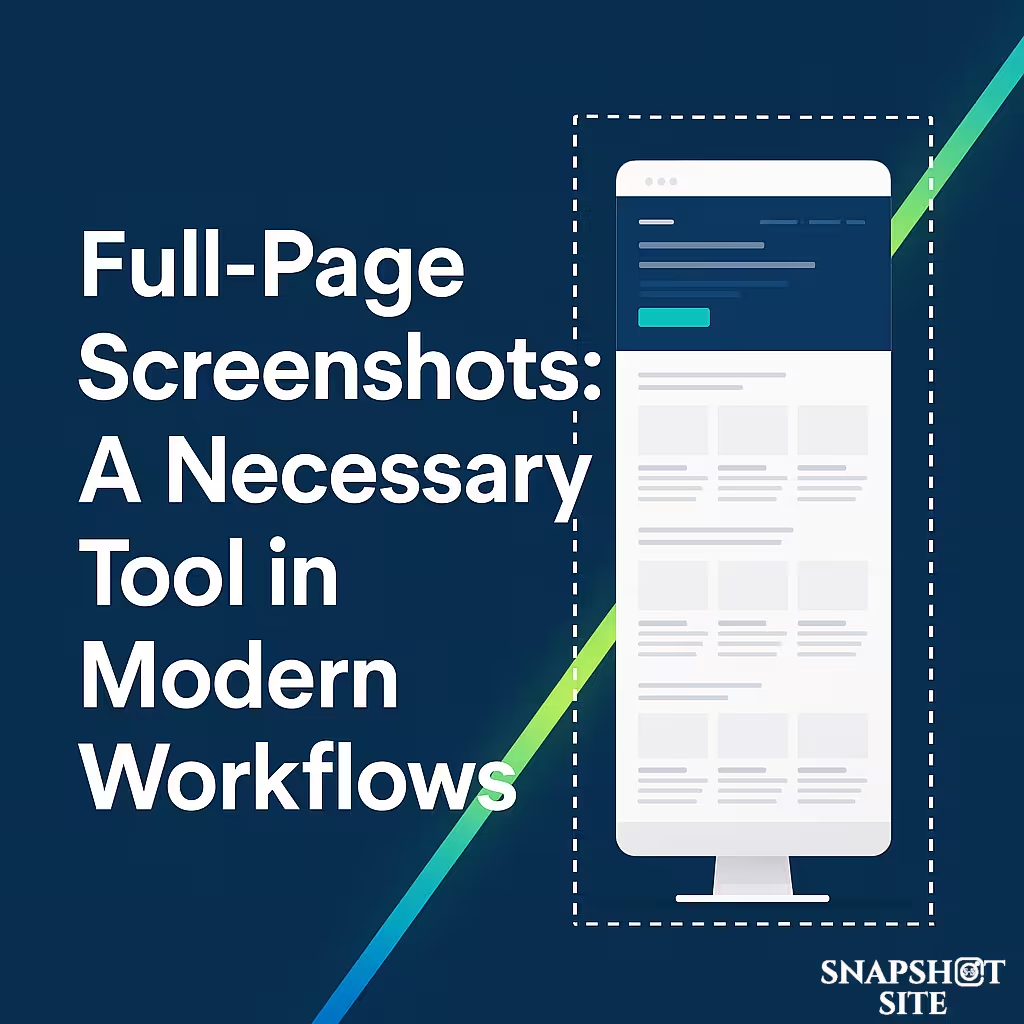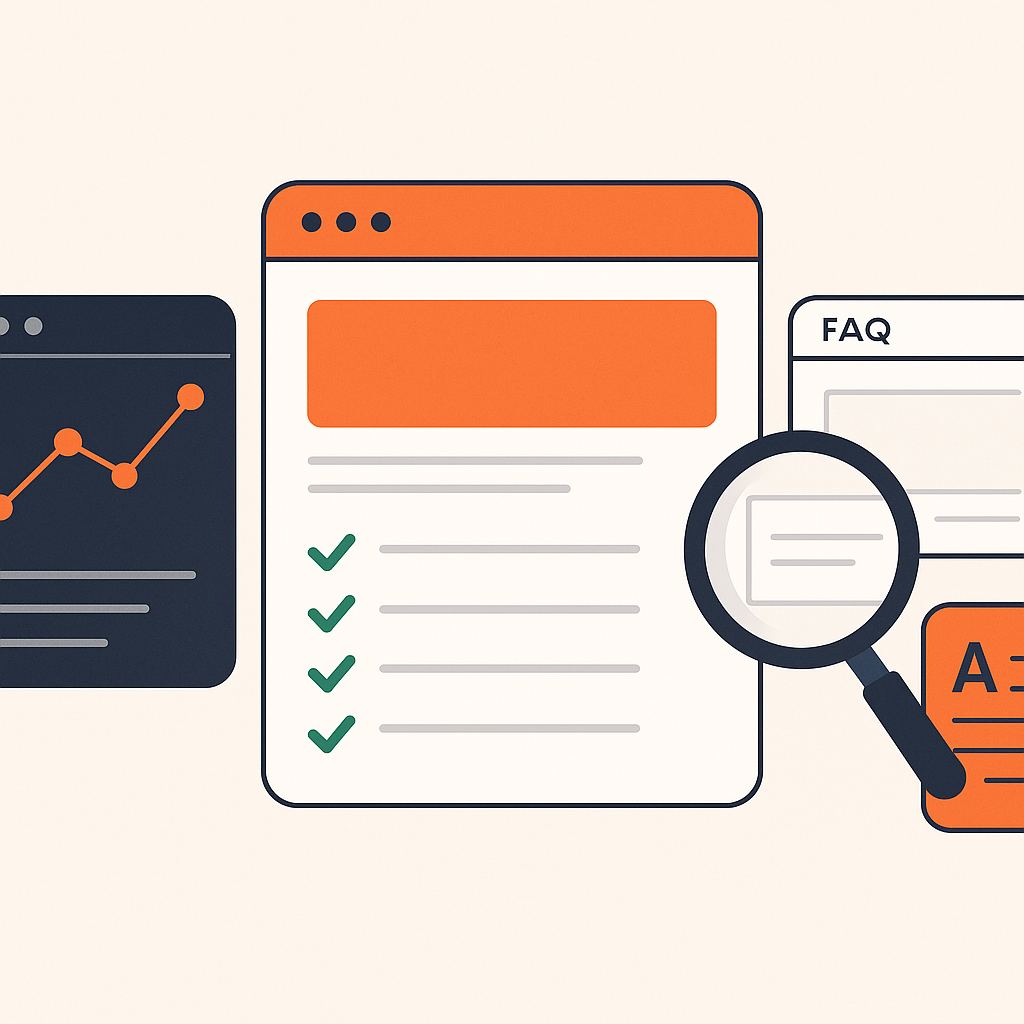
The Importance of Full-Page Screenshots for Modern Web Projects

RJ
03 May 2025 - 01 Min read
In today's competitive digital landscape, precision is everything. Whether you're building a new landing page, testing a responsive design, or archiving dynamic content, full-page screenshots are no longer a luxury — they're a necessity.
Traditional screenshot methods often capture only the visible viewport, missing critical content below the fold. In a world where every pixel counts, this gap can lead to missed issues, broken layouts, and ultimately poor user experiences.
Here’s why full-page screenshots should be a core part of your workflow:
- Capture Complete User Experiences: Document entire pages, including all scrollable and dynamic content.
- Detect Responsive Breakpoints: See exactly how your website adapts across different screen sizes and devices.
- Audit Dynamic Elements: Validate animations, lazy-loaded images, and infinite scroll implementations visually.
- Improve Collaboration: Share precise visual references with your development, marketing, and QA teams.
- Save Time: Eliminate the need for multiple partial screenshots stitched together manually.
"Full-page screenshots have saved our team hours during every sprint. We can now catch layout issues that used to slip through reviews."
!Emma Davis
Pro Tip
When capturing full-page screenshots, make sure your solution supports:
- JavaScript-rendered content
- Custom delay settings (for slow-loading assets)
- Device emulation (mobile, tablet, desktop)
Snapshot Site provides a powerful API to automate high-quality, full-page screenshots with device simulation and anti-bot bypass capabilities. Want to see how easy it can be? Get started with Snapshot Site today and elevate your web projects.



